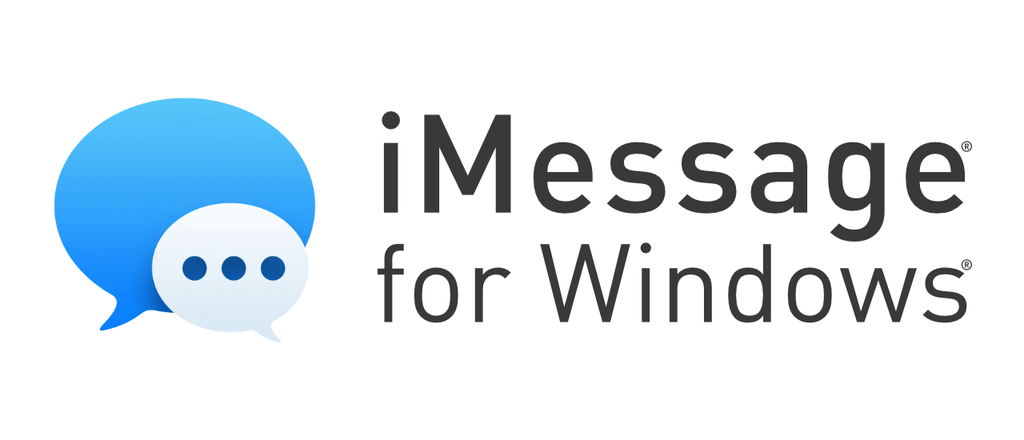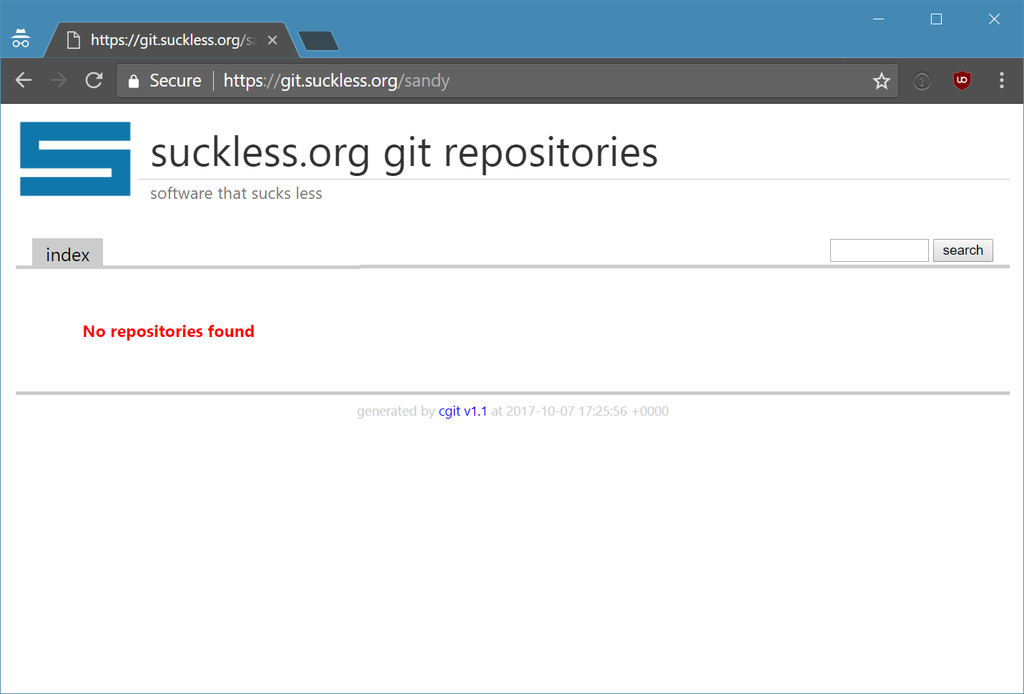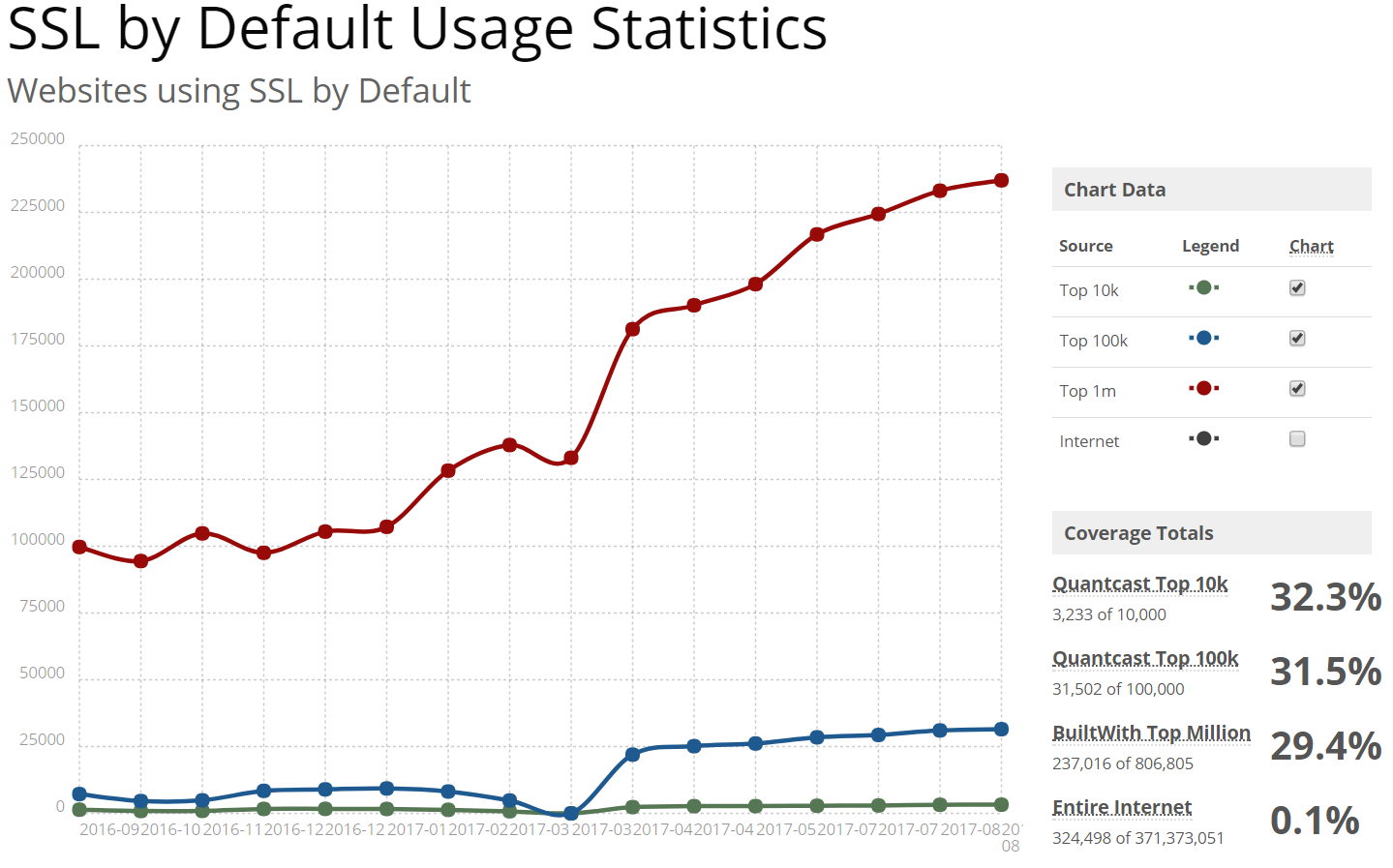Let’s start this article with an error message right off the bat:1
~> cargo install ripgrep --features 'avx-accel simd-accel'
Updating registry `https://github.com/rust-lang/crates.io-index`
Installing ripgrep v0.9.0
…
error[E0432]: unresolved import `simd::x86::avx`
--> /home/mqudsi/.cargo/registry/src/github.com-1ecc6299db9ec823/bytecount-0.3.2/src/lib.rs:49:16
|
49 | use simd::x86::avx::{LowHigh128, u8x32};
| ^^^ Could not find `avx` in `x86`
error: aborting due to previous error
For more information about this error, try `rustc --explain E0432`.
error: Could not compile `bytecount`.
I’m primarily blogging this as I’ve run into – and worked around – this error several times before running into it again and not being able to remember how I resolved this problem the last time around. ↩





 The
The 
 We may not know for sure what it’s going to look like or what it will cost, but we do know that the new iPhone 8 – Apple’s 10 year iPhone anniversary edition – is on its way and it’ll be running iOS 11. And unlike the iPhone 8, iOS 11 has been available now for some time for beta testing and software development. There are a lot of changes – some good, some bad
We may not know for sure what it’s going to look like or what it will cost, but we do know that the new iPhone 8 – Apple’s 10 year iPhone anniversary edition – is on its way and it’ll be running iOS 11. And unlike the iPhone 8, iOS 11 has been available now for some time for beta testing and software development. There are a lot of changes – some good, some bad HTTPS is the future and the future is (finally) here. Secure HTTP requests that provide end-to-end encryption between the client making the request and the server providing it with the requested content is finally making some headway, with almost a third of the top one million sites on the internet serving content over SSL, as of August 2017:
HTTPS is the future and the future is (finally) here. Secure HTTP requests that provide end-to-end encryption between the client making the request and the server providing it with the requested content is finally making some headway, with almost a third of the top one million sites on the internet serving content over SSL, as of August 2017: